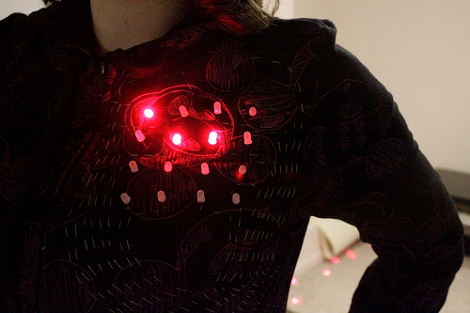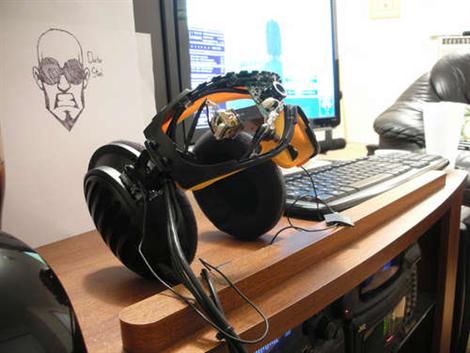
Augmented reality is a pretty neat thing but we don’t want to live our lives staring at a smartphone as we walk around. [F00] didn’t either so he built these augmented reality glasses. You can see a hole in the middle of the glasses where he added a webcam. The camera captures the image in front of you, processes it through augmented reality software, then sends the image to the wearable display that makes up the body of this hack. Integrate this into the head-mounted Linux hack and you’ll be able to ride your bike around the real world with your blast shield down instead of being tethered to your trainer in a virtual universe.
















